Understanding the definition and nature of fashion requires exploring how trends evolve and spread throughout society. Fashion doesn't change by chance - there are systematic patterns that govern how styles move from concept to mainstream adoption. The trickle-down
theory of fashion demonstrates how trends originate from haute couture designers and celebrities before filtering down to mass market consumers. This top-to-bottom fashion movement occurs when luxury brands introduce innovative designs that gradually become accessible through fast fashion retailers. Conversely, the bubble-up or street-to-runway phenomenon occurs when grassroots fashion innovation influences high-end design. Subcultures, urban communities, and youth movements often pioneer authentic styles that luxury designers later incorporate into their collections, demonstrating the democratic nature of fashion evolution.
The trickle-across theory explains horizontal fashion diffusion, where trends spread simultaneously across similar social groups or demographics. This lateral movement has been amplified by digital platforms, allowing peer-to-peer fashion influence across geographic boundaries.
Digital fashion communication has revolutionized trend adoption through visual storytelling platforms. Instagram's aesthetic focus, TikTok's viral challenges and YouTube's detailed styling tutorials create multiple touchpoints for fashion discovery and adoption, accelerating the traditional fashion cycle from seasons to days.
Cyclical fashion trends demonstrate the temporal nature of style, where designs experience revival through recontextualization. The Nehru collar's evolution from formal Indian menswear to contemporary casual fashion exemplifies how historical elements gain new relevance through modern interpretation and styling. Y2K fashion revival, including low-rise
jeans and oversized silhouettes, illustrates the approximately 20-year fashion cycle theory. Social media nostalgia, combined with Gen Z's reinterpretation of millennium aesthetics, transformed these once-dated styles into contemporary statement pieces. Understanding these multidirectional fashion movements reveals the complex ecosystem where cultural expression, economic forces and technological innovation intersect. As digital platforms continue evolving, the definition and nature of fashion will expand beyond traditional boundaries, creating new opportunities for creative expression and cultural dialogue.

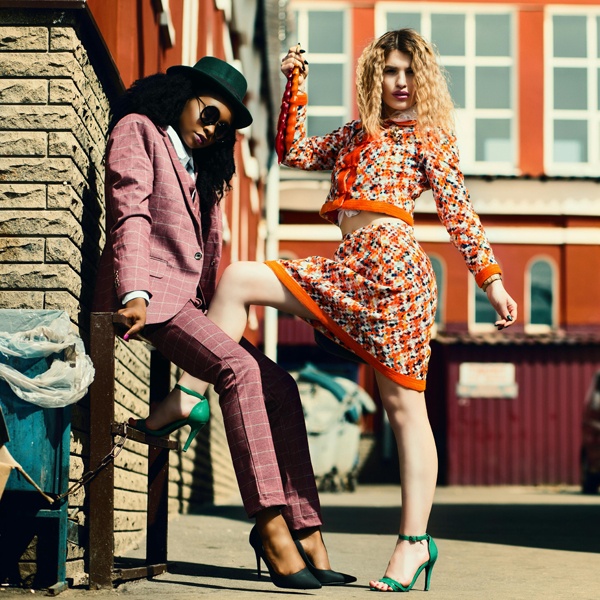

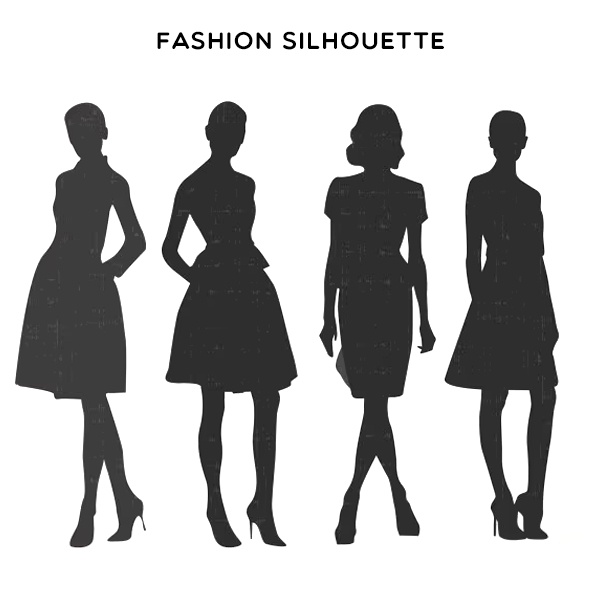
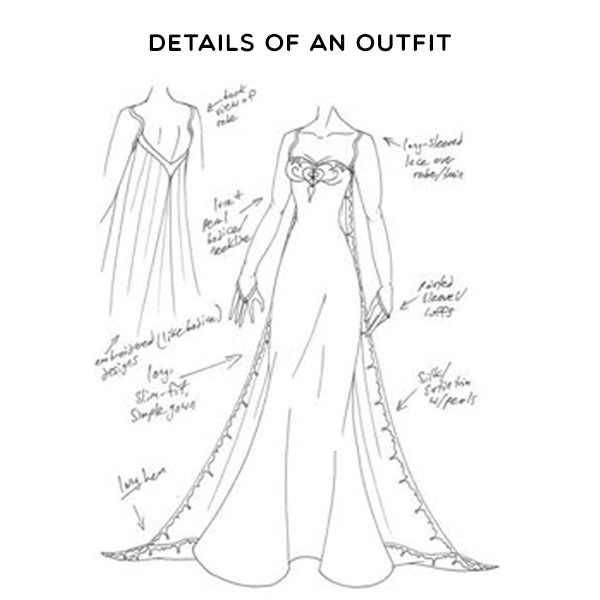

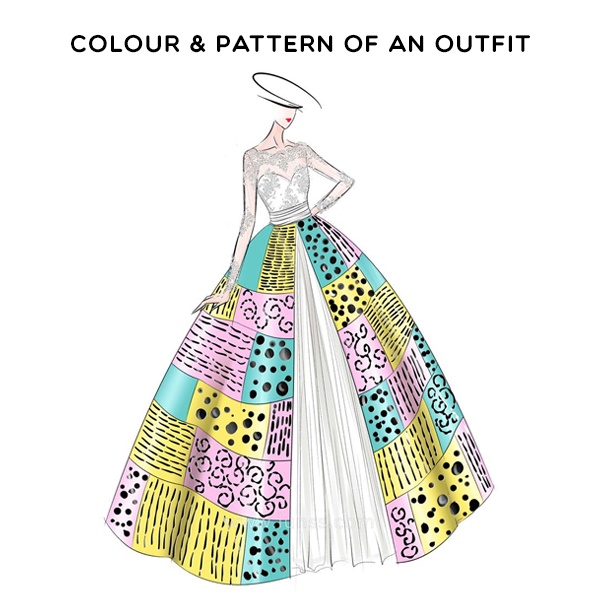

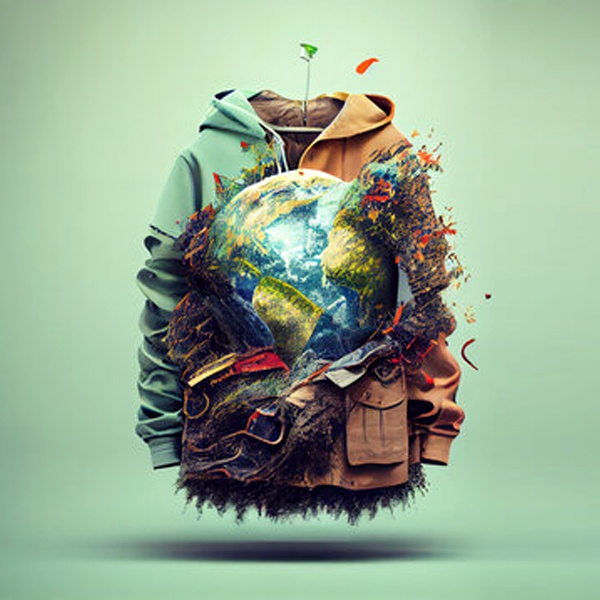

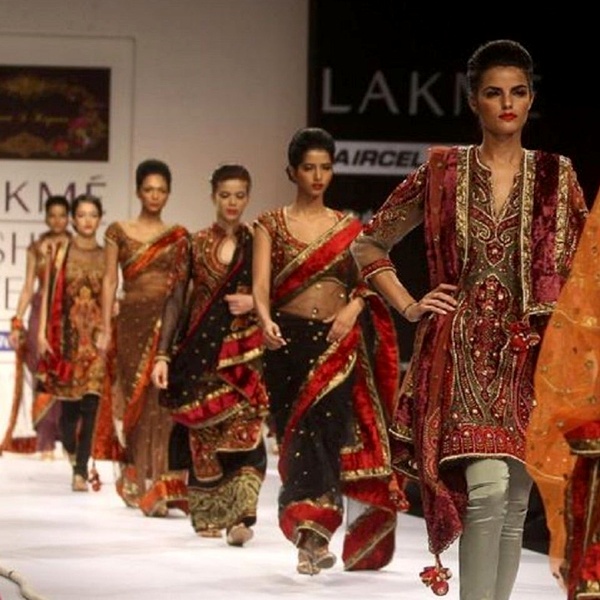

 CONTACT USWaves Institute of Fashion Designing,
CONTACT USWaves Institute of Fashion Designing,